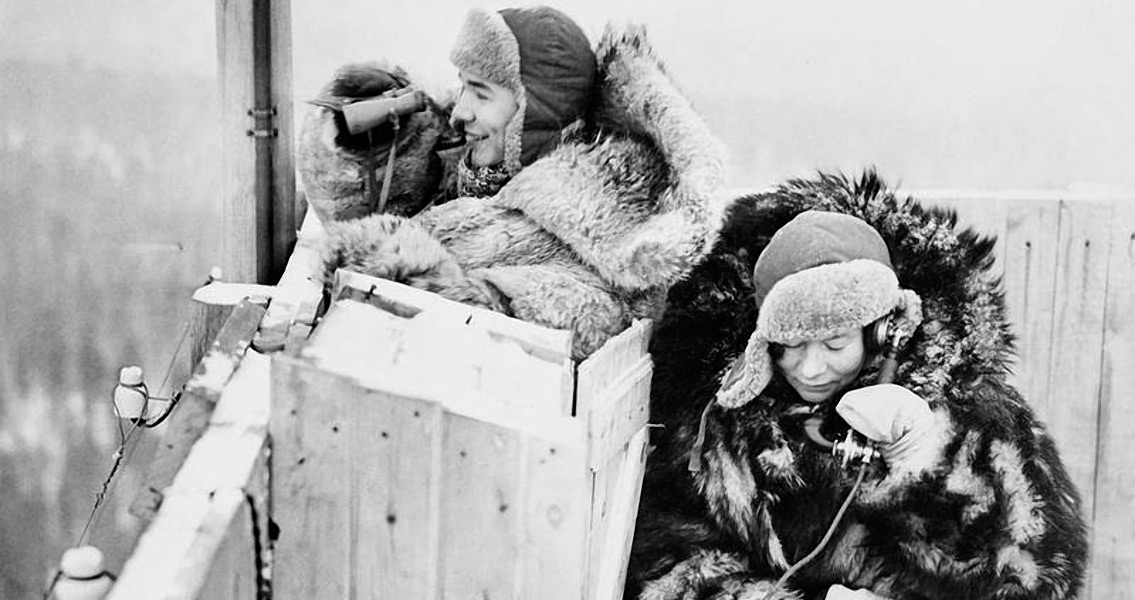<![CDATA[For the first time ever, scientists have been able to locate viral DNA left behind in the skeletal remains of human bodies, according to a newly published research study. Discovered by an international team of scientists from the University of Edinburgh and the University of Helsinki, the genetic material was found in the bones of casualties from the Second World War in Karelia in northwestern Russia, a region that borders Finland. Viral DNA can indeed remain in human tissue well after death, making it a possible to locate it in a wide variety of organs. In fact, Klaus Hedman, clinical virology professor from the University of Helsinki, writes in the research study that human tissue has archival properties when it comes to storing the “fingerprint” of any viruses that someone has been exposed to throughout their lifetime. However, the recent research represents the first time ever it has been proven that viral DNA also leaves its mark in the bones of those it infects. The implications of such a discovery are important, considering how bones are often the most resilient human remains and likely to be preserved long after any other tissues have decomposed. This could pave the way to begin studying viral epidemics from well in the past. With the kinds of climactic conditions these remains were exposed to for years before being collected and repatriated to Finland not preventing the identification of the viral DNA present in the bones, even older remains could be studied with an eye towards virology. In fact, when it came to searching for the viral DNA in the remains of the 106 deceased Finnish soldiers, nearly half of the samples taken contained the genetic material of viruses. Undertaking genetic mapping and analysis of the viral DNA found in human bone can provide a deeper understanding of virus development and spread, the scientists claim in the research study. Data gathered in such a way can then be used as a comparison point for those suffering from modern viruses, which could help epidemiologists not just control and prevent contemporary outbreaks but eventually eradicate these diseases completely. Two of the deceased soldiers had DNA from a form of parvovirus that has never been seen in Scandinavian countries, according to the research results. This taken together with genetic profiling of both soldiers provides evidence that they were perhaps not members of Finnish forces but Red Army soldiers instead. Combining analysis of human and viral DNA in such a manner can be adapted for investigating the more recently deceased in a forensic setting or for verifying ancestry and identity, the researchers remarked, adding that the method could also be used to make determinations as to ancient humanity’s migratory patterns. ]]>
Viral DNA Found in Second World War-Era Skeletal Remains
